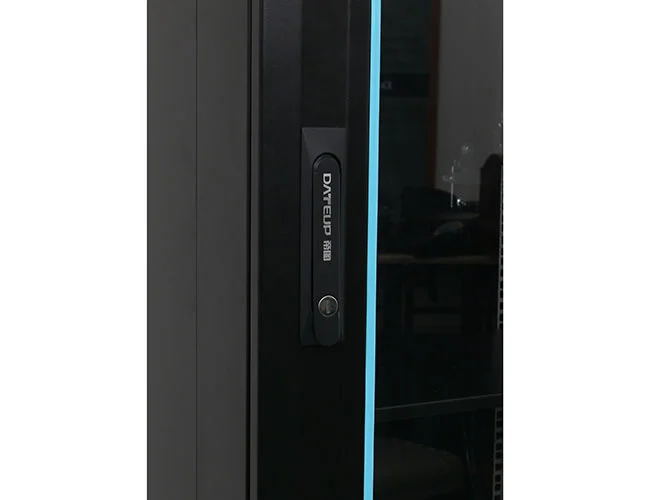News
Site Editor
 Site
https://leonetworkgroup.usa18.wondercdn.com/uploads/image/5fe152faa587d.png
Coaxial cables are a highly effective and widely used way to transmit signals over great distances. They are commonly used in homes, businesses, and other settings to deliver signals from antennas, cable modems, and other devices to TVs and other receivers. However, like any other communications technology, coaxial cables can experience issues over time due to damage, aging, or other factors. Ther
Site
https://leonetworkgroup.usa18.wondercdn.com/uploads/image/5fe152faa587d.png
Coaxial cables are a highly effective and widely used way to transmit signals over great distances. They are commonly used in homes, businesses, and other settings to deliver signals from antennas, cable modems, and other devices to TVs and other receivers. However, like any other communications technology, coaxial cables can experience issues over time due to damage, aging, or other factors. Ther
How To Test Coax Cable Connection
Views: 1019
Author: Site Editor
Publish Time: 2023-07-18
Origin: Site
Coaxial cables are a highly effective and widely used way to transmit signals over great distances. They are commonly used in homes, businesses, and other settings to deliver signals from antennas, cable modems, and other devices to TVs and other receivers. However, like any other communications technology, coaxial cables can experience issues over time due to damage, aging, or other factors. Therefore, it is necessary to test coaxial cable connections regularly to ensure they are performing optimally. In this article, we'll explore some recommended approaches for testing coaxial cable connections effectively.
1. Check the Connectors:
The first and foremost step is to check all the connectors, because most of the coaxial cable problems occur due to damage or looseness of the connectors. Start by examining the connectors for any visible damage or cracks. If there is apparent damage, it is essential to replace the connector or possibly the cable. Next, inspect the connectors to ensure they are tight and are making firm connections. If the connectors are loose, this could result in signal degradation or intermittent connection, so it is necessary to tighten the connectors properly.
2. Use a Cable Tester:
A coaxial cable tester is a high-end device specially designed to detect any signal loss or any change in transmission of the coaxial cable. The device works by generating signals and monitoring their transmission along the cable, identifying any issues in the process. Such a device can help you quickly and efficiently determine if there are any connection problems and the source of any issues.
3. Test Signal Quality:
Testing signal quality is also an essential step in checking coaxial cable connections. There are different ways to do this, but one of the most common methods is to use a signal strength meter. A signal strength meter is a device that provides accurate readings of signal strength and quality. This tool can help you identify signal issues, including noise, distortion, or interference. The signal strength meter displays the required information on its digital screen, so you can easily read and understand the information.
4. Check for Impedance Mismatches:
Impedance mismatches happen when two different impedance levels are connected in a single network, which can cause signal loss and other issues. It is crucial to make sure that all the coaxial cable connections within a single network have the same impedance level to prevent these issues. One way to test for impedance mismatches is to use a network analyzer. A network analyzer is a device that measures the impedance of various points in a network, allowing you to identify impedance mismatches and other issues.
Conclusion:
Testing coaxial cable connections is essential to ensure the smooth, uninterrupted transmission of signals. In addition to the methods outlined above, there are other techniques that can help in testing coaxial cable connections, such as visual inspection and measuring the voltage of the cable. Regardless of the methods used, regular testing can help to identify and resolve any issues before they escalate into more significant problems. By regularly testing your coaxial cable connections, you can ensure you're getting the best possible signal quality and avoid downtime or other issues in the future.
If you want to know more about industrial network cabinet,china fiber optic splice closure,china fiber optic distribution box,please consult the fiber optic splice closure factory








